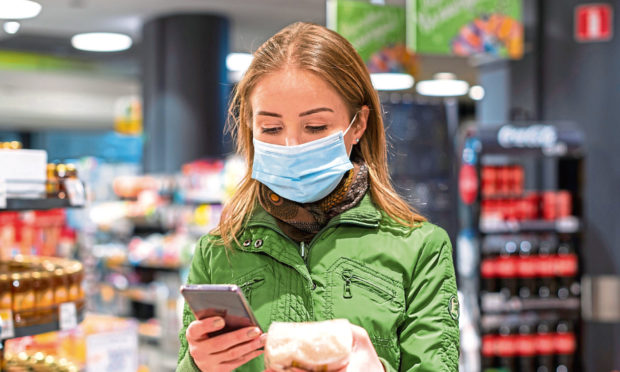Consumers have been less concerned about animal welfare and the environment when buying food during the pandemic, claims AHDB.
Analysis by the UK levy body reveals a shift in consumer buying behaviours during the coronavirus crisis, with factors including price, value for money and buying local becoming more of a priority during lockdown.
AHDB analysts said concerns over health, animal welfare and the environment may have eased off, but are likely to re-emerge and the industry must take steps to bolster the reputation of red meat and dairy in particular.
“We are all aware of the impact Covid-19 has had on our day-to-day lives, with everything from panic buying in the supermarkets and working from home to high unemployment and school closures,” said AHDB senior consumer insight manager Steven Evans.
“All of this has led many people to re-evaluate their needs and priorities, for both themselves and their families, especially with the added financial pressure of a recession.
What we eat and where we shop has seen a dramatic shift over the course of the year.
“But what is also interesting is the impact the pandemic has had on our wider concerns around health, the environment and animal welfare – which prior to Covid-19 were key issues, impacting all three sectors.”
Mr Evans said AHDB research found negative media around red meat and dairy had fallen during the pandemic and fewer people had reduced their consumption of both.
He said concerns about the environment have led to a rise in meat-free products in recent years, as the majority of consumers believe a vegan diet is more environmentally-friendly.
However, data shows the number of households buying meat-free products dropped during lockdown, while sales of red meat grew.
“We know that a lot of the shifts in buying behaviours are the result of the pandemic.
“And while our sectors have had a reprieve from negative media coverage and enjoyed a year of strong growth, concerns around reputational issues have not disappeared and will rise back up consumer’s radar in the long term,” added Mr Evans.
“It is vital industry addresses concerns around the environment, communicates the nutritional benefits of red meat, dairy and fresh produce as well as promoting the high welfare and quality of buying British.”










